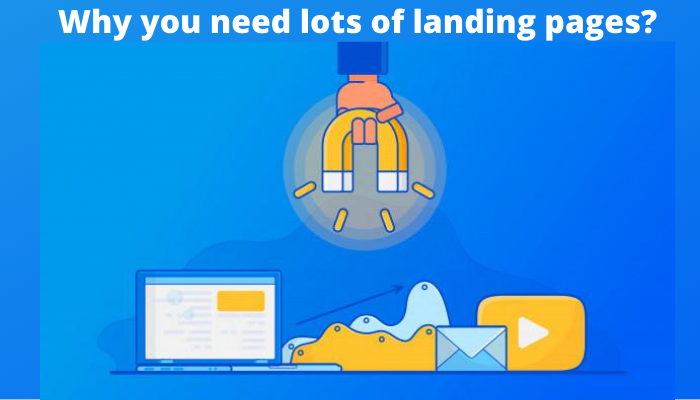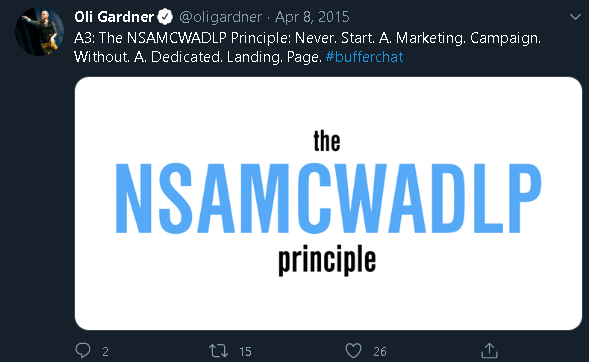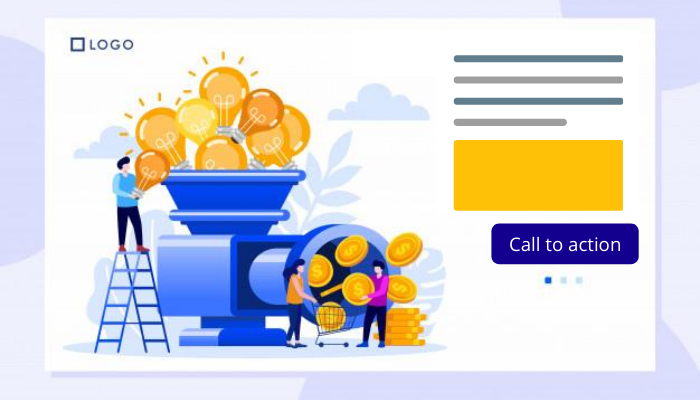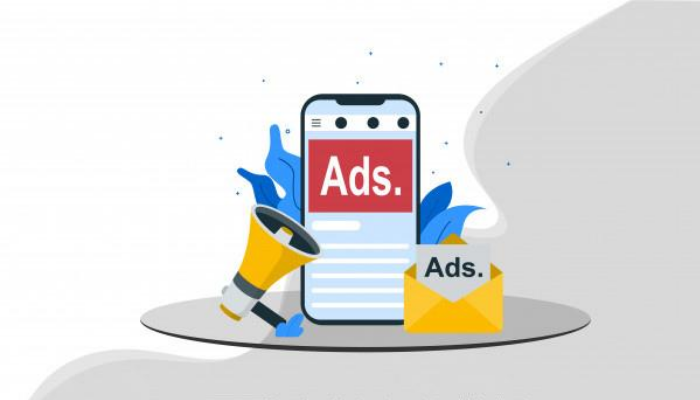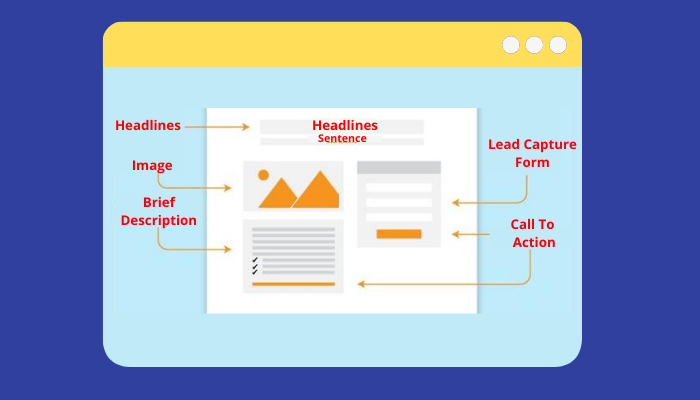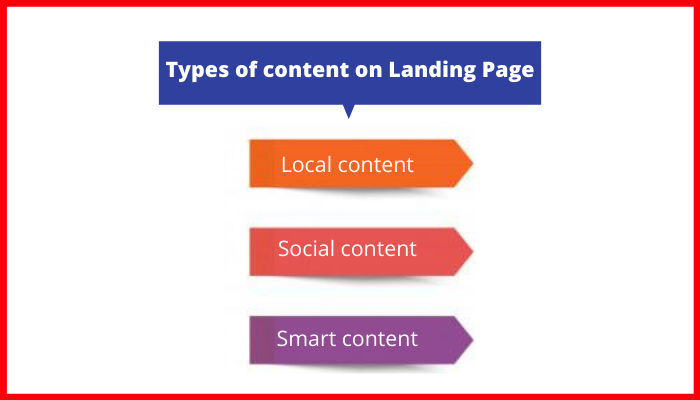Your sales team is super-excited for having a new, almost sure-shot lead off a database. You know that your product or service would sure make sense to them and it probably is a done deal, a matter of when and not if. Easy, peasy and breezy. Though it rains on your parade because the person you are trying to reach out doesn’t work with the company anymore. Nope, it isn’t Murphy’s law if it happens way too many times with you. It is bad data. Your database is rotten.
What is bad data?
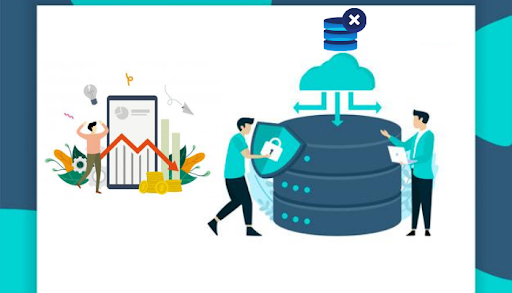
Data is the core of every business process. Be it marketing, sales or customer care; data is crucial to maintain sanctity, productivity and functionality of each segment. In simple words, bad data is information that is incorrect, inconsistent and old. Any information that causes hurdle and block in a business pipeline at any step or is found to violate business standard is data you don’t want anything to do with.
The first step to eliminate the bad data out of your business is to accept that you can’t. Data isn’t a monolith, but it sure is massive. Think of it as Bruce Almighty’s cabinet scene where yet another file is added to the drawer every second.
It is ever-evolving. Our WhatsApp chats, our Facebook feeds, Twitter timelines, Outlook e-mails- all of this is personal data. A business sits on tons of data that might or might not be useful. You can’t have an in-house team looking at it.
However, you can have the revelation that you need to adopt a proactive approach to keep tabs on incoming data. Bad data, like bad oil, can cause blockage in your business. Besides, not all data is the same. Your business is unique, and so are your customers. You can’t hope to reach out to a retail customer and keep your fingers crossed for a qualified lead.
Data that doesn’t conform to the standard pattern has a typo, input error or is duplicate. It can’t be used and should be rejected. But how do you decide this? Neil Patel makes it simple for everyone basis the Gartner study, which points out the parameters for data quality
√ Existence or availability of data: Does a business have a database?
√ Validity: Is the dataset valid? Is the information relevant to the business? Is it current?
√ Consistency: Is the database consistent for every process? Or is it stored in a similar syntax or value?
√ Integrity: Can the database and consisting information be called logical, relevant and accurate for a use case?
√ Accuracy: Is the dataset accurate?
√ Relevance: Does the database complement business objective?
The data that isn’t maintained, labelled or kept in line with business objective is terrible and it impacts every process of your business. However, it is marketing and sales department-the backbone of your business-that get affected a lot because the data isn’t up to the mark. Be it your lead generation campaign or landing page traffic-nothing remains sacred and gets tainted due to bad data. Forget market forecasting; you can’t even reach out to your existing customers owing to the lack of accurate data. Your Sender Reputation is damaged, ISPs can block your domain and your e-mails are directly dumped to the spam folder-and these are just the physical side-effects.
Data governance: In reports and real figures
So, you can tell now that bad data is bad. No ifs and buts about it. It isn’t even a veiled threat to your business, its reputation or existence. It is what it is. Bad data is like what you eat. You can’t have a sound system if you are eating junk. If you are putting garbage in the system, it has to garbage out. A business can’t expect to have a value-based offering if it is feeding on bad data.
The data that isn’t maintained, labelled or kept in line with business objective is terrible and it impacts every process of your business.
The cost of bad data
This report shows how the cost of bad data translates into a loss of business, wastage of time and money. Failing to validate data can cause a severe dent in a company’s revenues.
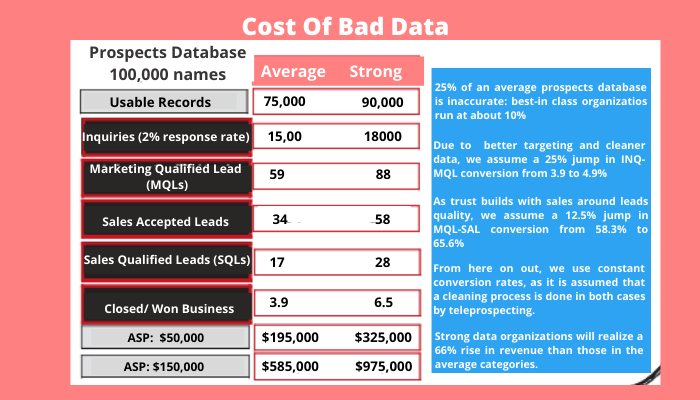
Poor data quality results in US$ 3.1 trillion loss every year for the U.S. companies.
The onus of bad data on people
A Harvard Business Review suggests how grave and undermined data-driven practices are across various industry verticals. Only sixteen per cent of managers trust their data to base a business decision upon while vehemently agreeing that sparse data does increase costs, and do not let them make any decision. Hard-to-access data makes it difficult for brand managers to strategise and implement it. The existing customers remain unhappy, and the new customers a distant dream.
Another study suggests that serious errors plague more than fifty per cent of new data generated by business and only three per cent of the data is acceptable, where acceptable is a broad term used by the researchers.
Bad data as a productivity killer
Sales and marketing processes lose over 500 hours yearly due to bad data. The core business team spends its time on rectifying the data rather than chasing the right leads. If money is what you are after, it is $32,000 per sales rep down the drain.
If your business takes pride in being data-driven, here’s an eye-opening revelation for you—sixty per cent of data scientists almost half of their time cleaning and formatting the data. And fifty-seven per cent of them find it to be a time-killer activity and something that hampers their core job activities.
You see, lousy data dons many hats and all of them are super-villainous for your business practices.
How much data is bad data?
Marketing Sherpa has found out that about thirty per cent data reduces to the garbage every year, leading to ineffective marketing and sales processes.
Why does data go bad, though?
You are very careful with what you put into your system. Still, you can’t have control over sixty per cent of people who move on to new jobs, change their e-mail addresses, or phone number rendering the existing database without data hygiene practices unreliable. Almost twenty-five per cent of B2B database is right now inaccurate making poor data quality a considerable challenge. Out of this, email data validation and address search remain two common yet challenging task for decision-makers. In the age of digital marketing, e-mails remain the top-most choice to get in touch with customers, and due to the lack of a valid B2B valid e-mail list, your bond with customers go for a toss.
How do you recognise data decay?
Assuming that your business has a database for inference, several parameters make your data, a nasty, bad batch.
Outdated data: Old data can’t be counted in the present context, includes obsolete details is obsolete and serves no purpose for your business.
Incorrect data: If your B2B e-mail list contains incorrect e-mail addresses and has typos, good luck reaching out to your customers! These small discrepancies can put your lead generation campaign in a tough spot.
Non-standard data or inconsistent data: In an ideal business scenario, all departments would follow a set pattern, a similar format and way to enter the data. Alas, if wishes were horses. If a business doesn’t follow a standard format or protocol for data entries, it can lead to confusion and futile leads.
Repetitive data: Businesses often buy databases from different vendors that may or may not have similar details or incomplete entries, different formats and whatnot.
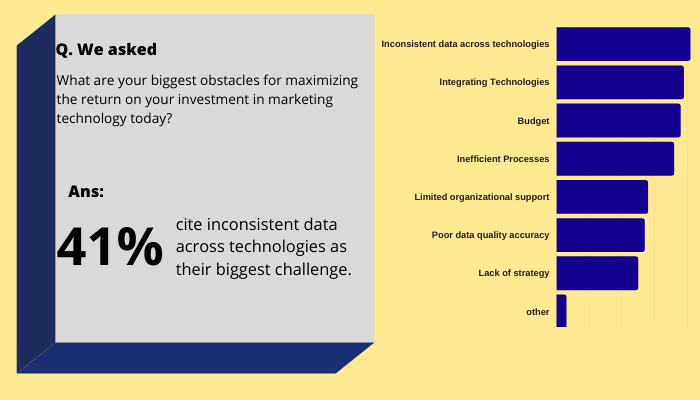
The forty-one per cent of inconsistent data is weak data that needs to be fixed.
Incomplete data: There are several entry points for data. It could be a manual entry, or entries from different processes- resulting in several windows for error-making. For marketing, a customer’s business location is not an important detail. For a salesperson, seeking an F-2-F appointment, a site is a critical aspect. The D&B report highlights that nearly eighty-seven per cent of businesses don’t have a record of revenue or turnover in their database, and seventy-seven per cent of them don’t cite industry type. Missing such critical data points can hamper the lead generation process.
Migrated data: Migrating data from one CMS to another, automating a process or moving from one vendor to another- can cause a glitch in the database and end up corrupting all of it.
Plenty of data: It is not to say that companies should shy away from big data. However, they should have a microscopic vision to find the fallacies and relevance of data that belongs to them. Finding if legacy data is appropriate and relevant to users, or should be parted ways with.
Why should you not make your decision based on bad data?
Remember, GiGo? If your business decisions are based on bad data, they aren’t going to be good ones. Strategic business decisions should be based on insightful and result-oriented data.
Also, businesses need to understand data quality from the perspective of big data. Having lots of data is useful, for, you can have as many data points to base your decision on. Now, imagine the level of failure and doom if all of it is rogue information. For a business, having good data is more valuable.
How is bad data damaging your business, and its reputation and B2B sales?
Bad data has a snowball effect on your business processes, and it always runs deep. Here’s how.
Are your e-mail bouncing rates higher? Is your e-mail marketing campaign experiencing more hard bounces and spam complaints? Or worse, your customers are not even bothering to check your mails and leaving them unread? As per this report by MediaPost, an average B2B e-mail list reduces by twenty-five to fifty per cent but if it doesn’t grow more than this rate, it signals towards bad data.
Also Read: 3 Common Reasons Your Emails Land in the Spam Folder
Not reaching out to its customers
Forgetting reaching out to the right customers, lack of data hygiene practices can cause an irreversible dent on your customer engagement process. Because hey, if you can’t even spell their name right or get their professional titles right, how can you be expected to do your homework and excel in professional commitments?
Besides, you can’t tell who’s who? Your database becomes corrupt to the extent that your right customers are somewhere out there, but you can’t reach out to them by any means. You can have as much data -and how do you want to keep it, is up to you to decide. Customers’ are a hard catch, and if you’re going to get hold of them, you need to be highly specific with your e-mail marketing campaign.
Also Read: B2B Customer Retention Strategies – How To Retain Your Best B2B Clients
Since you aren’t reaching out to your customers, you can’t expect them to keep them happy, resolve their concerns or know their expectations causing loss of twenty-five per cent revenue every year!
Companies that don’t pay attention to their database, or have inadequate data to drive their decisions, also run into the risk of bad reputation and leave them with a poor Sender score.
Productivity loss and inefficient process
Bad data is bound to have an impact on the sales and marketing processes. Your marketing team or salespeople would waste their time chasing information instead of chasing people with proper strategy, and e-mail marketing campaign. In the absence of data-based insights and accurate data, the campaigns and forecasting are based on assumptions and guesswork. Even if they “think” they are running data-based campaigns, the lack of data hygiene brings you to the juncture of bad data and incorrect information, leading to wrong decisions.
The loss in revenues and lack of appropriate responses can cause the morale of your sales team to falter. Your sales team won’t be able to make commissions and earn properly-leading to more stress to their already challenging jobs.
Increasing costs
The cost of quality 1-10-100 rule tells us that prevention is a better strategy, for, it can cost $100 to correct your course later on. The Harvard Business Review describes the snowballing effect of bad data and calls it the Hidden Data Factory.
So, what’s the solution to bad data?
Data is the fuel to your company’s growth. Hire data mining services for best data hygiene practices and enjoy better customer-oriented campaigns, exponential B2B sales, enhanced reputation, lead generation, and increased production rates. Here’s how data appending and email appending services can help you counter bad data, define a process to document, stream and push data across operations as well as harness its power to grow your business.
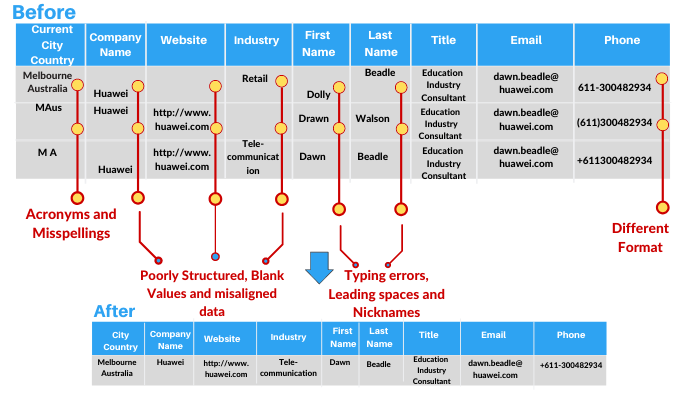
Data mining services help you streamline the incoming data and weed out the impurities of data. Not only this, but the best data appending company would also cross-verify, de-dupe and append the data.
Conclusion
Bad data is bad. It is detrimental for your business, its reputation, lead generation and anything that you would like your business to be. Data mining services are your one-and-only option to stay in the market and ahead of the curve. A data mining company offers data appending services, data scraping services, skip tracing services, data scrubbing, data verification, web scraping services, email verification, email address search, data verification services and phone appending services to bring you clean data and help you make data-driven decisions. It is a cost-effective, reliable and industry-specific service that ensures your data remains streamlined, and business processes productive.




